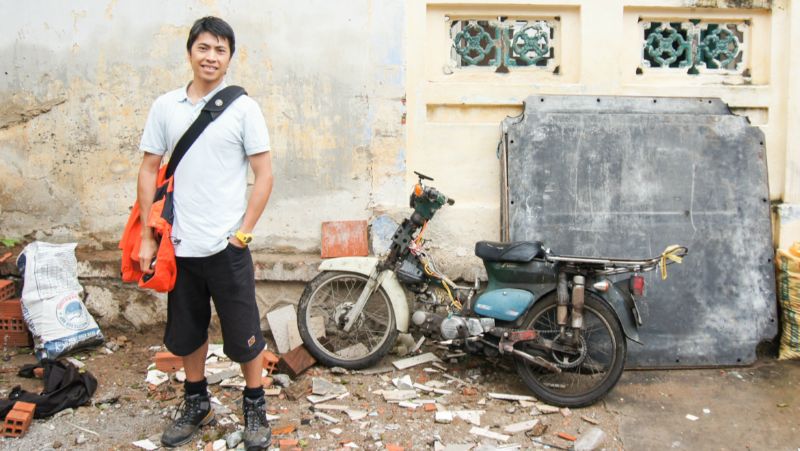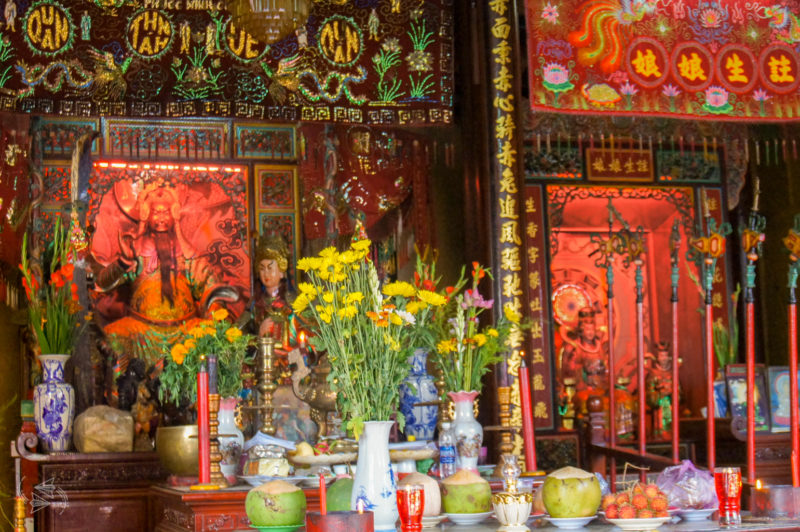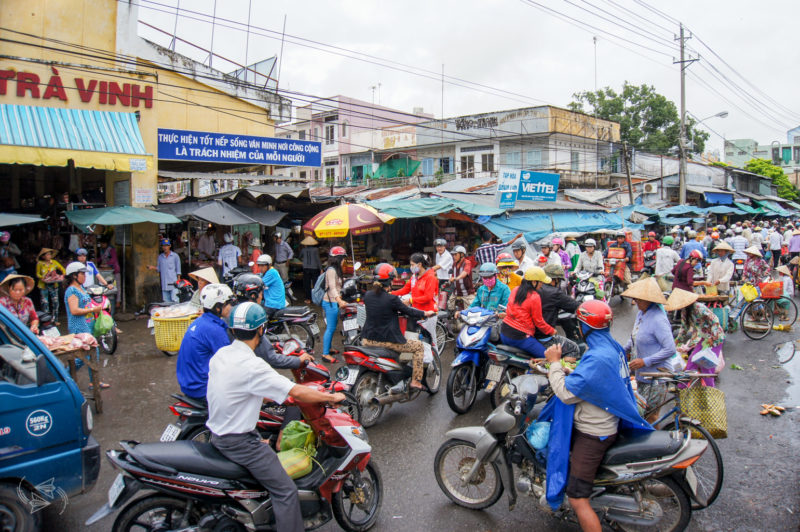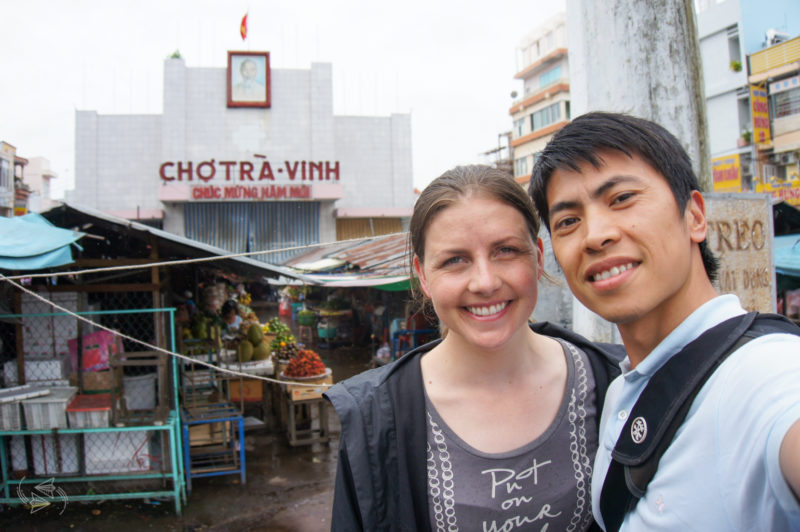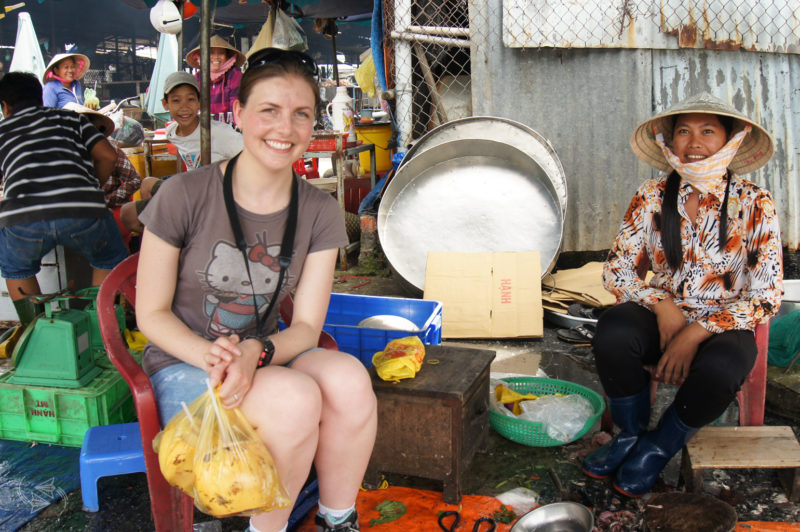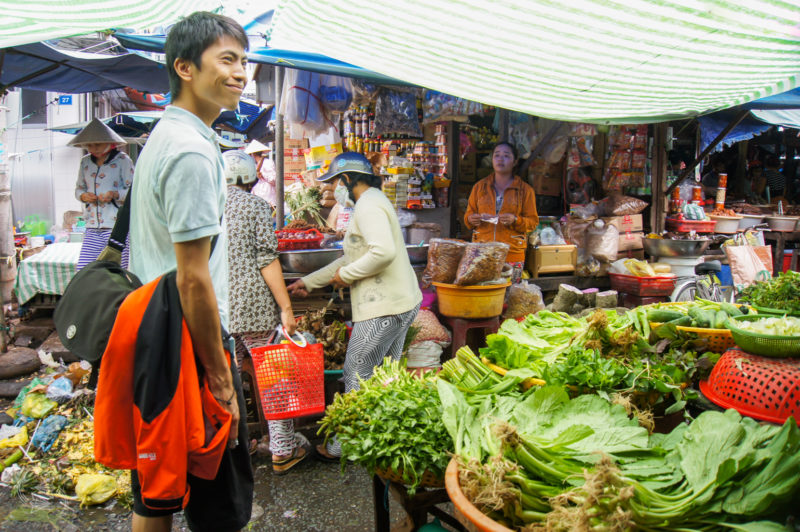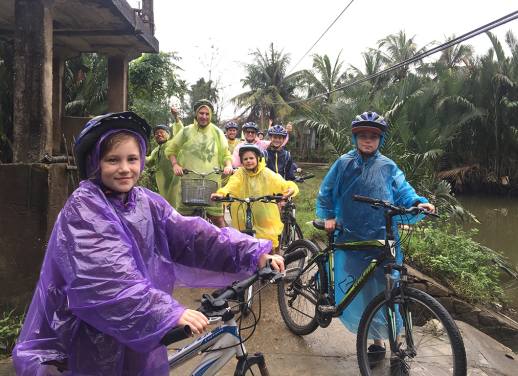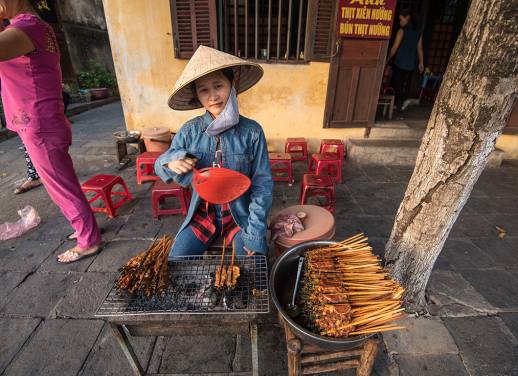“It’s why I take photos,” Hai admitted to me one morning over coffee at our apartment in Tokyo. We were sitting at our kitchen table with its seemingly endless sea of papers, when conversation led to his hometown of Trà Vinh, a sleepy, southern Vietnamese town by the Mekong Delta.
For the longest time, Trà Vinh felt like just a place of birth; two words that I had written countless times on immigration cards over the years. It was distant and foreign, and Hai’s general apathy towards any mention of it meant it slipped under our travel radar for the longest time.
Then, those words – “It’s why I take photos” – reverberated an underlying truth that gave me the ability to “see” my husband, peeled back a few layers, for the very first time. I suddenly possessed a sense of clarity that I had failed to grasp before. Why, in addition to photographing all the beautiful destinations we had visited together over the past decade or so, he would be so adamant about capturing the banal. Why he’d always be the one to make sure we get at least one group shot at every family gathering.
When Hai’s family fled post-war Vietnam in the early 1980s, it was a plan that had to be executed with the utmost discretion. It essentially meant walking away one day from their home and the general store that his parents had made into a successful little business; leaving behind most of their belongings and photos, and all the family history that went along with it. Bar the few photos his mother was able to carry on her when they escaped, he doesn’t have any photos to look back on to say, “this is where I’m from.”
It was only at the age of 34 that a combination of good timing and an emerging curiosity about where he was born and spent the first year and a half of his life, led us on a trip to Vietnam. It would be my first trip there and Hai’s first time returning after an absence of 32 years.
Our first look at Trà Vinh was a motorcycle ride from the bus station. Riding down a beautiful tree-lined avenue with just a light sprinkling of traffic, it was clear we were no longer in a big city.
Trà Vinh’s location by the Cambodian border meant it was a particularly volatile and patrolled area during the war and the years after, and today Trà Vinh has a significant ethnic Cambodian population – an influence mostly only evident from the 140 or so Khmer pagodas dotted around the province. We visited a number of them, and with the town being somewhat of an ethnic melting pot that also happens to have one of the largest Chinese populations in the country, some Chinese temples too.
Most of our time, however, was spent in and around the market, Chợ Trà Vinh, the town’s main landmark and trading point.
Walking around town, we were obviously “not from around here.” When we walked into cafes, there was that momentary look of panic, but upon hearing the familiar sounds of their language, there were calls to the kitchen of, “Don’t worry, they speak Vietnamese!” After a number of years in Japan, the little Vietnamese I had acquired from study and being around Hai’s family was almost gone. But I had “Two white ice coffees, please” down, and it fooled more than a few people into thinking I was fluent.
At the market, people stared and were shy to speak until we initiated a conversation with a greeting or asking them about what they were selling. The fact that Hai looked and sounded Vietnamese yet was from a completely different place and culture, and married to a non-Vietnamese woman was a recipe for utmost intrigue.
We must have stopped at every single stall in that market, spending hours happily answering questions from locals. But, the truth was, Hai didn’t have many of the answers to the questions they asked. He couldn’t really tell them much about his family, about what they did in Trà Vinh or where they lived. Given that leaving carried with it mixed emotions of a former life, of an escape that went far from plan, Hai’s never really felt comfortable asking his mother too many questions about it.
Instead he could only imagine what it would have been like. His mom carrying him through the streets, the shops they probably frequented and a family bigger than it is now. “I kept imagining that we’d walk into a hotel or restaurant and there’d be an old family photo hanging on the wall. Then I’d say, ‘Hey, that’s me!’ and it would turn out that we were related.”
That never happened, and the grand tale of re-connection that I, and it seems he too, had secretly hoped for never eventuated.
At the time, Hai wasn’t really interested in searching for relatives he didn’t know and who didn’t know him. He didn’t want to sit and have awkward conversations in what would have felt like a stranger’s living room. So I didn’t push it when he said that, this time, he just wanted to see this place, to get a sense of where his life began. “I was a real country boy,” he said in realization a couple of times, as we explored the few main streets around town and the nature of daily conversations in the market.
Nursing our first white ice coffees of the day one morning, in the absence of hard facts and relatives to ask, we were left to ponder a “Sliding Doors” scenario. What if Hai’s family never left this place?
“I’d probably be serving you this white ice coffee, worried about not being able to communicate in English,” Hai said. “But you still would have fallen in love with me anyway,” he added cheekily.
Then, finally understanding the why, I smile as he takes another candid, makeup-less photo. “To bore the grand kids with,” he tells me.
—
Ready for your own thought-provoking adventure? Check out Intrepid Travel’s top trips.
—
(All images c/o Jessica Korteman.)

